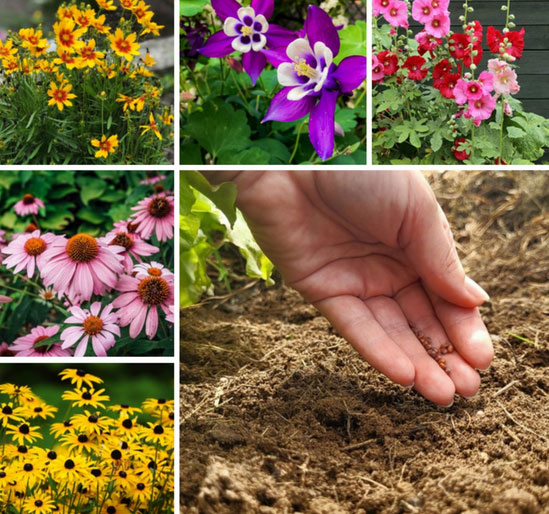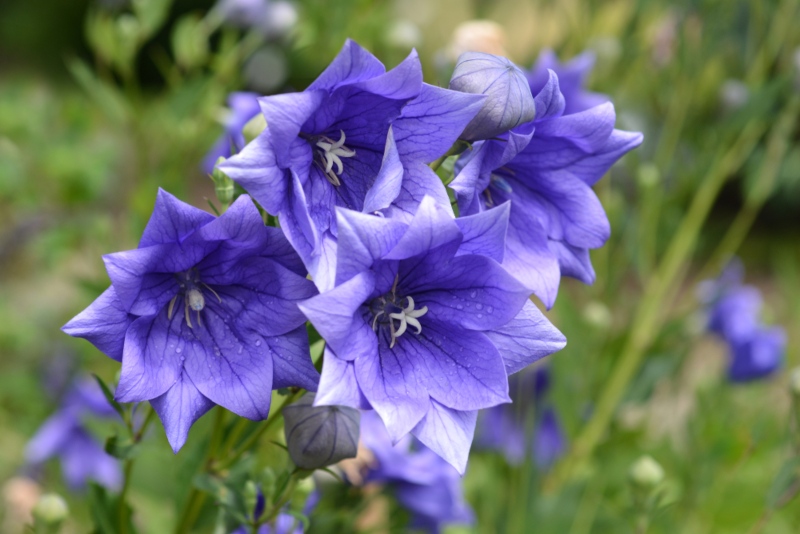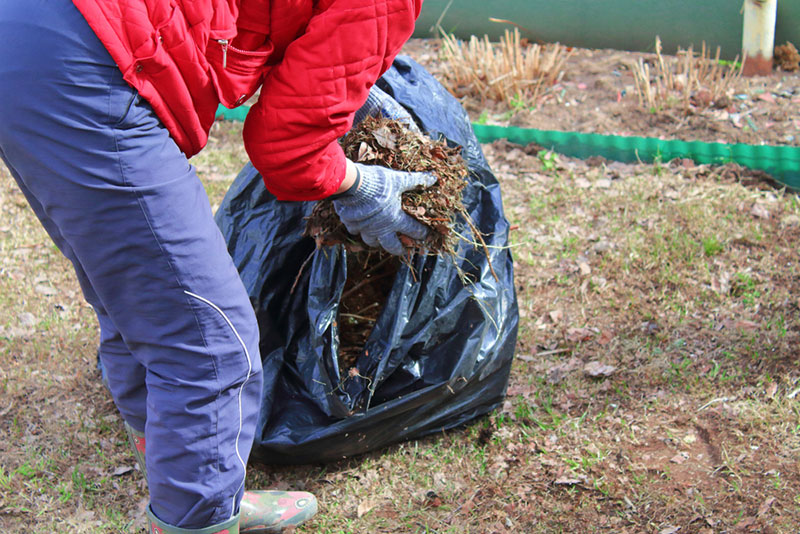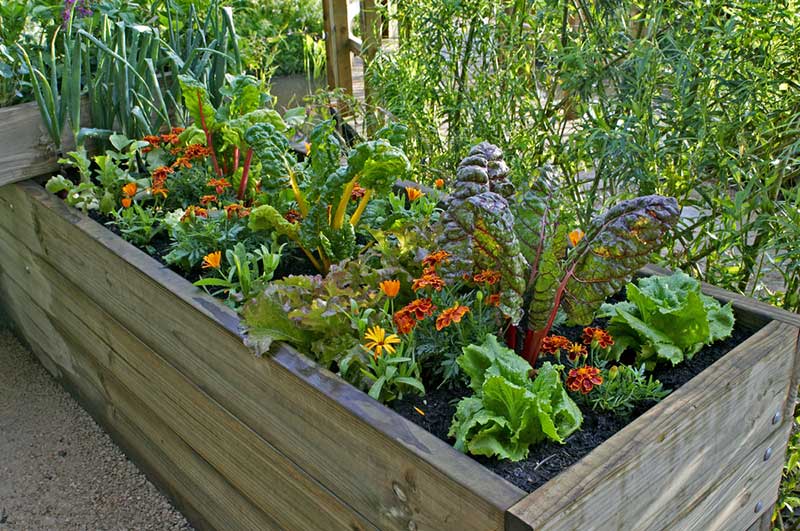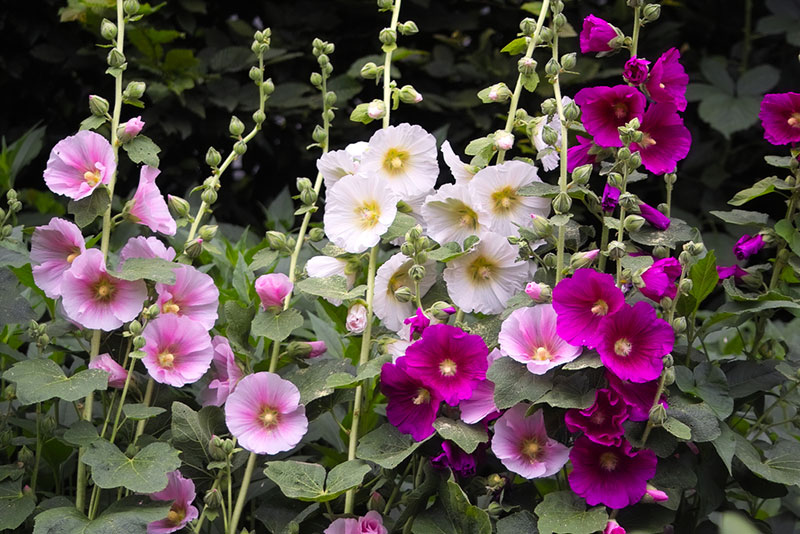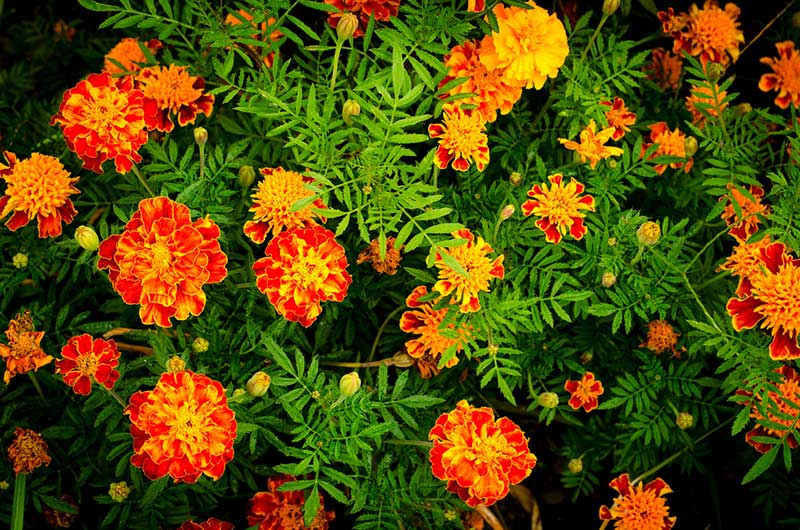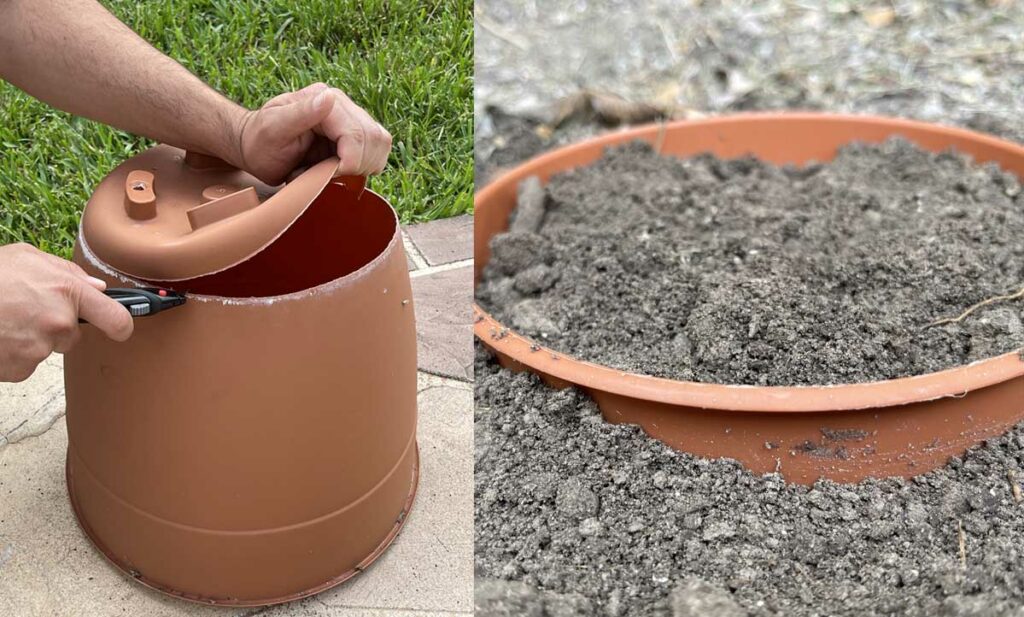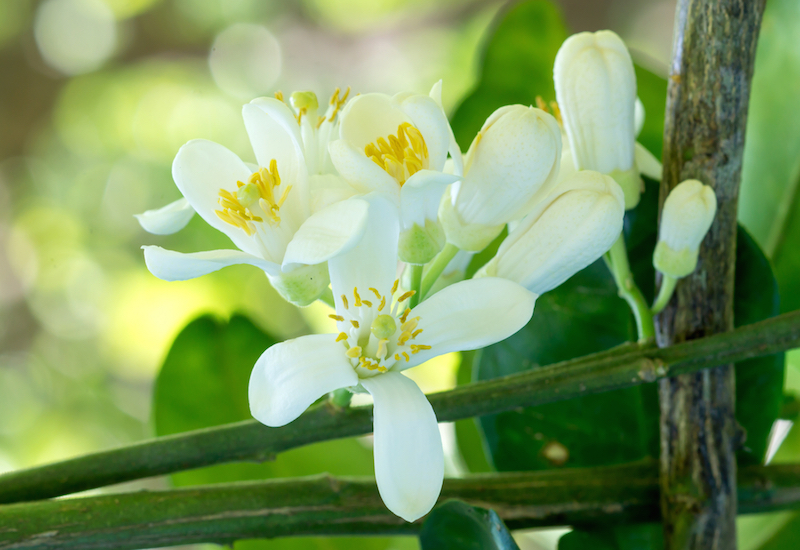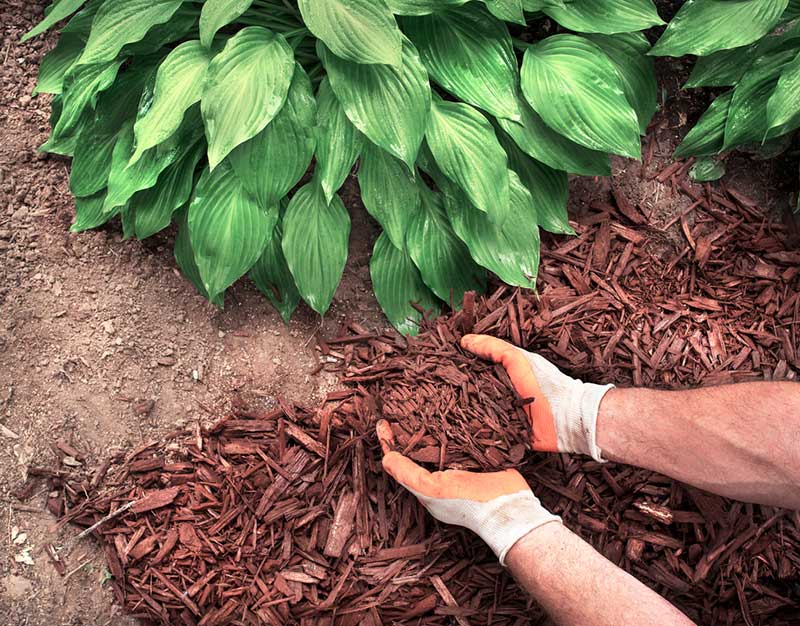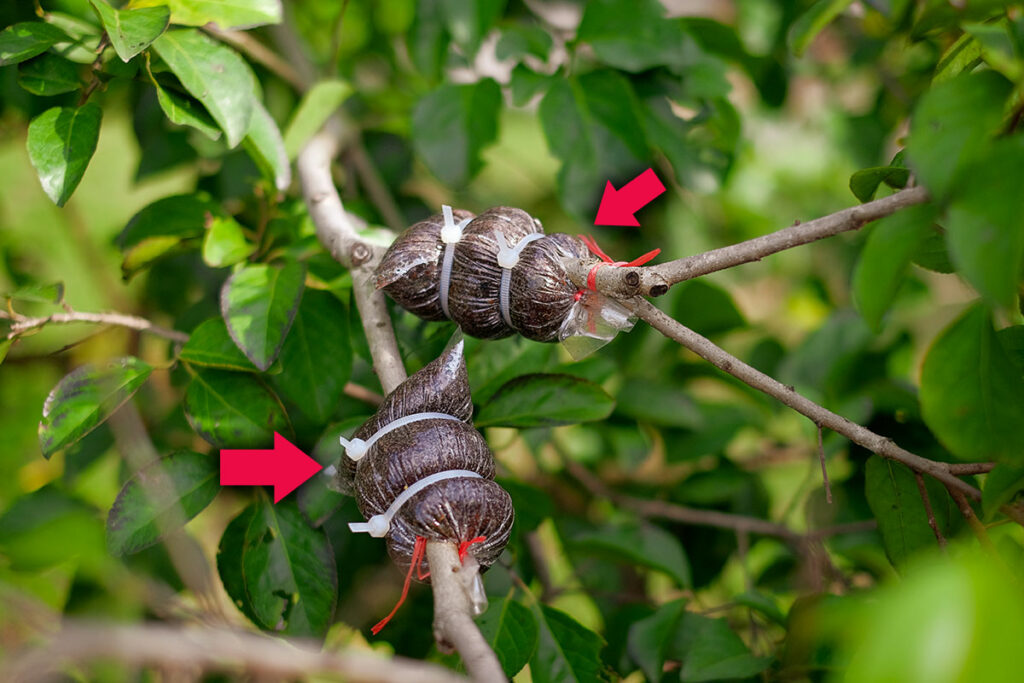
Air layer propagation is a simple and effective method for propagating plants that involves inducing roots to grow on a stem while it is still attached to the parent plant.
This technique is particularly useful for plants that are difficult to propagate by other methods, such as cuttings or seeds.
Air layering can be used to propagate a wide variety of plants, including fruit trees, ornamental shrubs, and houseplants.
To air layer a plant, you will need to select a healthy stem and make a small cut or wound in the bark. This will encourage the plant to produce new roots in that area.
You will then need to wrap the wound with a moist material, such as sphagnum moss or a strip of cloth, and cover it with plastic to create a humid environment.
Over time, the plant will produce roots in the moist material, and once these roots are established, you can cut the stem below the air layer and pot it up as a new plant.
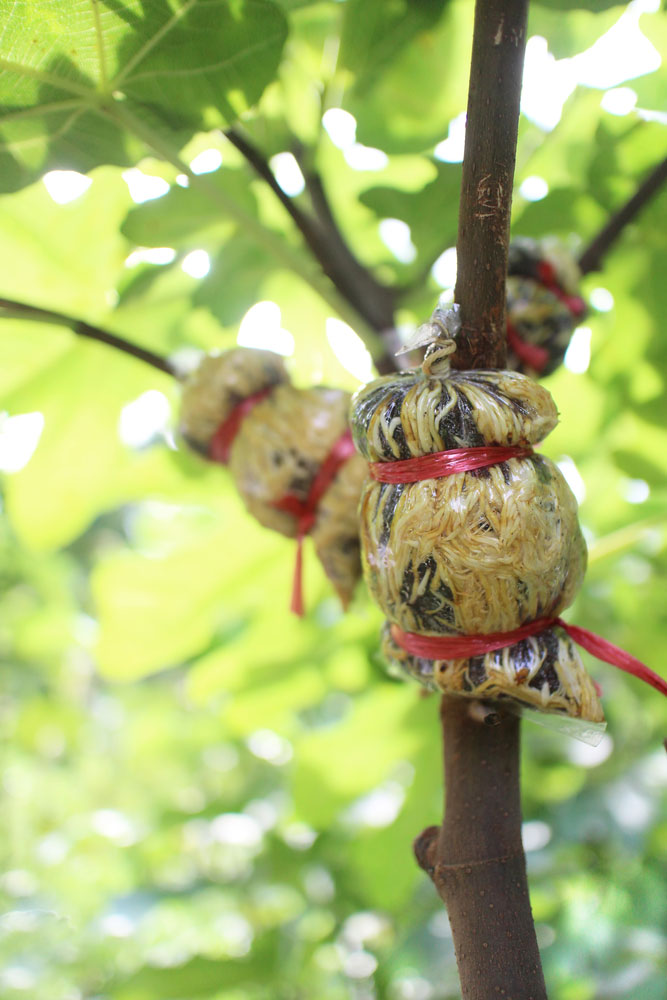
Understanding Air Layering
Air layering is a simple and effective method of propagating plants. It involves creating a new plant from an existing one by encouraging roots to grow on a stem while it is still attached to the parent plant. This technique is often used for woody plants that are difficult to propagate by other methods.
History of Air Layering
Air layering has been used for centuries by gardeners and horticulturists to propagate new plants. It was first documented in China over 2,000 years ago and was later adopted by gardeners in Japan. The technique was then introduced to Europe and America in the 1700s.
Benefits of Air Layering
Air layering has several advantages over other propagation methods. Firstly, it allows you to create a new plant that is genetically identical to the parent plant, ensuring that the new plant will have the same desirable traits. Secondly, it is a relatively easy and inexpensive method that can be done without any special equipment or tools. Finally, air layering can be used to propagate plants that are difficult to root from cuttings or that do not produce seeds.
Plants Suitable for Air Layering
Many woody plants can be propagated using air layering, including fruit trees, ornamental trees, and shrubs. Some examples of plants that are suitable for air layering include citrus trees, magnolias, camellias, and azaleas. Before attempting air layering, it is important to research the specific requirements of the plant you wish to propagate to ensure success.
Overall, air layering is a simple and effective method of propagating plants that can be used by gardeners of all skill levels. With a little patience and attention to detail, you can create new plants that are genetically identical to the parent plant and that will thrive in your garden.
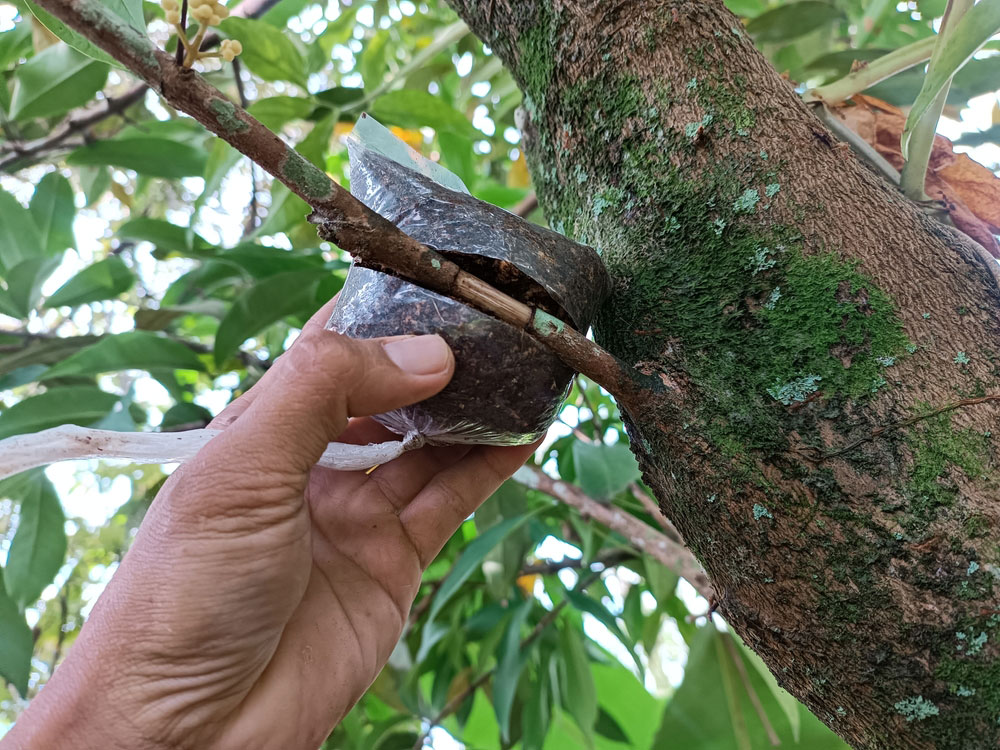
Materials Needed for Air Layering
Air layering is a simple and effective method of propagating plants. Here are the materials you will need to get started:
Selecting the Right Plant
Choose a healthy, mature plant with pliable stems. Plants that are too young or too old may not produce roots as easily. You should also select a plant that is suitable for air layering.
Some plants that are commonly air layered include magnolias, camellias, roses, and fruit trees.
Choosing the Appropriate Season
The best time to air layer a plant is during the growing season when the plant is actively growing. For most plants, this will be in the spring or early summer. Avoid air layering during the dormant season when the plant is not actively growing.
Gathering Required Tools and Materials
To air layer a plant, you will need the following tools and materials:
- Sharp knife or pruning shears
- Sphagnum moss
- Plastic wrap or aluminum foil
- Twine or twist ties
- Rooting hormone (optional)
Make sure your knife or pruning shears are clean and sharp to prevent damage to the plant. Sphagnum moss is used to wrap around the stem and hold moisture. Plastic wrap or aluminum foil is used to cover the moss and hold it in place. Twine or twist ties are used to secure the covering in place. Rooting hormone can be used to encourage root growth, but it is not always necessary.
By gathering all these materials, you can start air layering your plants with ease.
Step-by-Step Air Layering Process
Air layering is a simple and effective way to propagate plants. Here are the step-by-step instructions to create an air layer:
Preparation of the Plant
Choose a healthy and vigorous stem to air layer. The stem should be at least 1/2 inch in diameter and have several leaves. Make sure the stem is not too woody or too soft.
Creating the Wound
Make a small 1-inch cut on the stem, about 1/3 of the way through the stem. You can use a sharp knife or pruning shears to make the cut. The cut should be deep enough to expose the inner layer of the stem.
Applying Rooting Hormones
Apply rooting hormone to the cut area to stimulate root growth. You can use a commercial rooting hormone or make your own by mixing honey and water. Dip the cut area in the rooting hormone and make sure it is well coated.
Wrapping with Moist Medium
Wrap the cut area with a moist medium to encourage root growth. You can use sphagnum moss, peat moss, or coconut coir. Make sure the medium is moist but not too wet. Wrap the medium around the cut area and cover it with plastic wrap.
Securing the Air Layer
Secure the air layer by tying it with a string or twist tie. Make sure the plastic wrap is tightly sealed around the cut area to prevent moisture loss. Place the air layer in a bright, warm location but not in direct sunlight.
That’s it! With proper care and attention, your air layer should develop roots in a few weeks. Once the roots have developed, you can cut the stem below the air layer and pot it up in a new container.
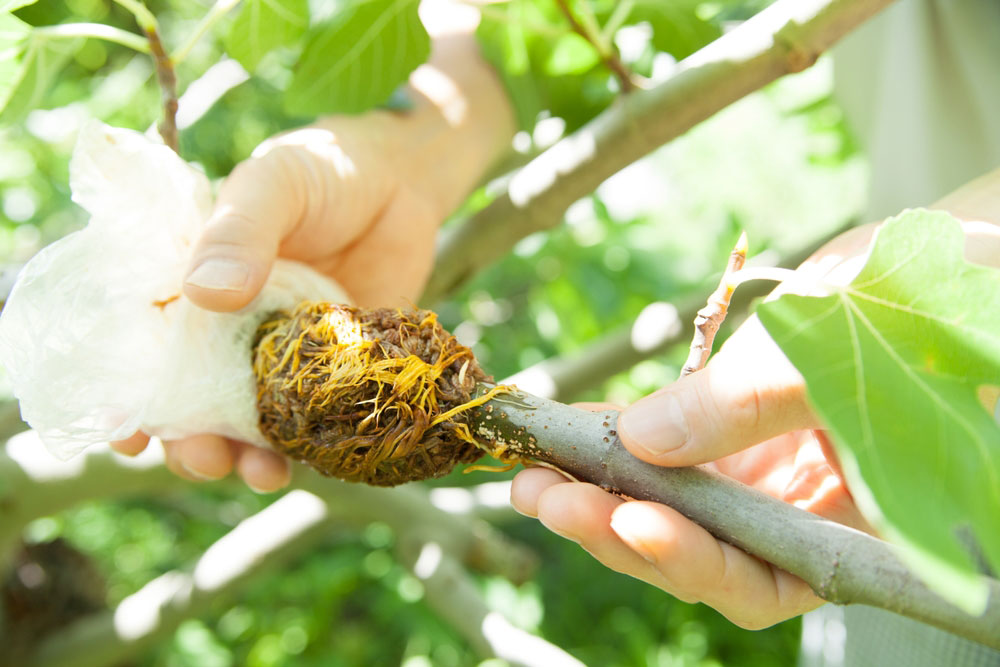
Aftercare for Air Layered Plants
Once you have successfully air layered your plant, it is important to provide proper aftercare to ensure its survival. Here are some tips to help you take care of your air layered plant:
Monitoring Moisture and Growth
It is important to monitor the moisture levels of your air layered plant regularly. Check the moisture level of the soil by sticking your finger about 1 inch deep into the soil. If it feels dry, water the plant. Be careful not to overwater the plant, as this can lead to root rot.
You should also monitor the growth of your air layered plant. Keep track of how much it grows each week and adjust its support as needed. If the plant is growing too quickly, you may need to provide additional support to prevent it from falling over.
Protecting the Air Layer from Elements
The air layer on your plant is delicate and can be easily damaged by wind, rain, or extreme temperatures. To protect the air layer, you can cover it with a plastic bag or wrap it with a layer of sphagnum moss.
If you live in an area with extreme temperatures, you may need to move the plant indoors during the hottest or coldest months of the year. Be sure to place the plant in a location with plenty of light and monitor its moisture levels carefully.
By following these tips, you can help ensure the success of your air layered plant and enjoy its beauty for years to come.
Troubleshooting Common Problems
Air layering is a simple and effective way to propagate plants, but sometimes problems can arise. Here are some tips to help you troubleshoot common issues.
Dealing with Pests and Diseases
Pests and diseases can be a problem with air layering, just as they can with any other method of propagation. Here are some tips to help you deal with them:
- Keep an eye out for pests such as aphids, mealybugs, and spider mites. If you see any, remove them by hand or use an insecticidal soap.
- Diseases such as root rot can be a problem if the soil is too wet. Make sure the soil is well-draining and don’t over-water.
- If you notice any signs of pests or diseases, remove the affected area and start again.
Addressing Poor Root Development
Sometimes, the roots on an air layer don’t develop as well as they should. Here are some tips to help you address poor root development:
- Make sure the soil is moist but not too wet. If the soil is too dry, the roots won’t develop properly.
- If the soil is too wet, the roots may rot. Make sure the soil is well-draining and don’t over-water.
- If the air layer has been in place for a while and there are still no roots, try cutting a small slit in the bark to encourage root growth.
- If all else fails, you may need to start again with a new air layer.
Remember, air layering is a simple and effective way to propagate plants, but it does require some patience and attention to detail. By following these tips, you can troubleshoot common problems and ensure success with your air layering projects.




